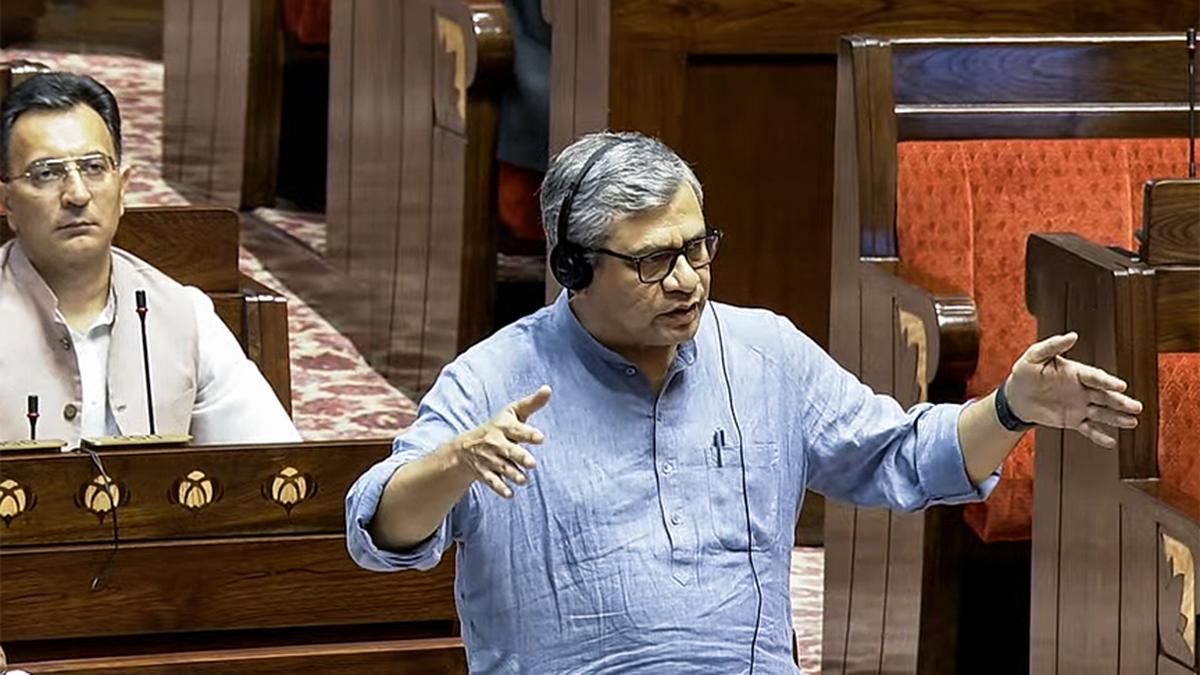The Claim that Ashwini Vaishnaw acknowledged the Supreme Court’s stay on the notification of the PIB’s Fact Check Unit, set up to report alleged misinformation and fake news about the Union government is true
Our Claim: True
The Minister of Electronics and Information Technology, Railways, and Information & Broadcasting Ashwini Vaishnaw on August 2 acknowledged the Supreme Court’s stay on the notification of the Press Information Bureau’s (PIB) Fact Check Unit, set up to report alleged misinformation and fake news about the Union government. The notification “has been stayed by the honorable Supreme Court … but our point is, [for] anything related to the Government of India, only the Government of India can say whether it is a correct fact or a wrong fact,” Mr. Vaishnaw said in response to a supplementary question on the fact check unit. “That is still under contest.”
The unit, housed in the PIB, would have stripped social media companies of so-called safe harbor protections from users’ speech linking to, or containing, any news subsequently determined as fake by the PIB, opening platforms up to potential legal action for users’ posts. The government has defended its intentions in the Bombay High Court, which initially stayed the notification. The Supreme Court subsequently restored the stay when the High Court declined to extend it.
While the fact check unit itself is operational, what has been stayed is the authority it would have had under the IT Rules, 2021, whose provisions would have lent more weight to the FCU’s individual determinations of misinformation.
Conclusion: Ashwini Vaishnaw acknowledged the Supreme Court’s stay on the notification of the PIB’s Fact Check Unit
For All News Buffs
Quick things to know about misinformation
1. Fake news vs misinformation
‘Fake news’ refers to false information and news online. However, it’s more appropriate to use ‘misinformation’ and ‘disinformation’.
Misinformation is false information spread by people who think it’s true.
Disinformation is false information spread by people who know it’s false.
2.What forms can misinformation or ‘fake news’ take?
Misinformation comes in different forms
Mis/disinformation and fake news might look like:
- social media hoaxes
- AI adverts
- phishing emails
- popular videos
- sponsored posts
Misinformation is hard to spot for children who might not yet have the skills to fact-check. It can spread on social media, through satire news websites, via parody videos and other spaces.
3.How does misinformation impact children?
Mis/disinformation is an online harm
Misinformation can impact children’s:
- mental health
- physical wellbeing
- future finances
- views towards other people.
It can also lead to mistrust and confusion related to the information they come across online.

